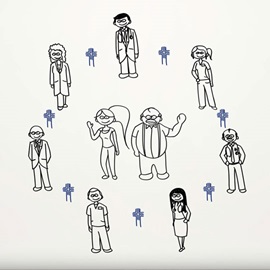Dr. Pate’s Prescription for Change
St. Luke’s Dan Anderson on Trust, Family and Strategy
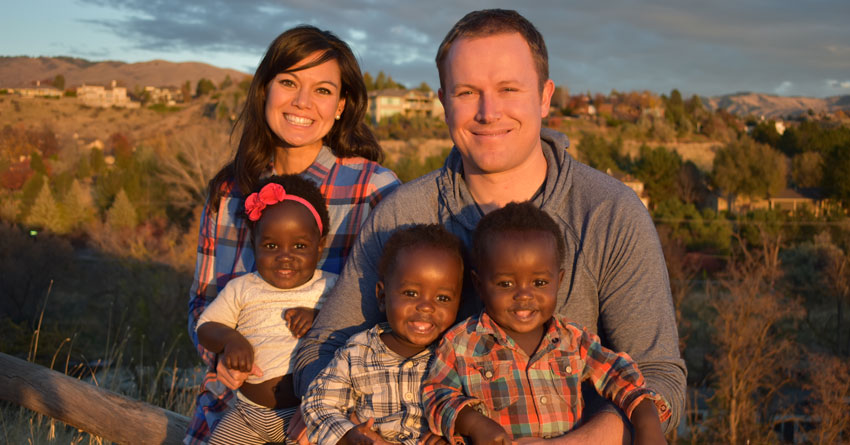
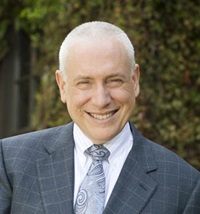
As of the time of this post, St. Luke’s Chief Operating Officer Chris Roth and I are winding down a set of visits across St. Luke’s Health System to share information with the team about Strategy 2020, our organization’s three-year strategic plan.
St. Luke’s Vice President of Strategy and Planning Dan Anderson was instrumental in helping us create the plan and here as guest blogger, Dan explains some of the ways we are designing the healthcare delivery system that we want for ourselves, our families, our friends and our neighbors. Strategy, it’s clear, is personal.
- David C. Pate, M.D., J.D.
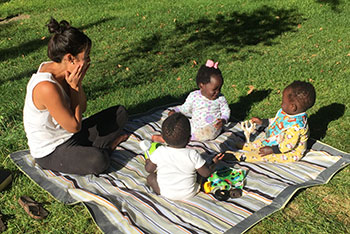
Recently my wife, Kara, and I were blessed to welcome triplet babies into our family.
Our journey to becoming a family was long, with many unexpected turns. At times, it felt like it was never going to happen. Along the way, we were filled with excitement and anxiety, fear and hope, frustration and the need to persevere. To our joy, we emerged the Anderson Five.
Now, I look forward to each night as the kids welcome me home. Three little voices sing, “Daddy? Daaaaaaady! Hi, Daddy!” My heart leaps.
Kara and I love this new chapter of our lives, and each day there is something new. Often they are little things: a stumbling first step, the babbling form of a new word, a newly learned facial expression.
But magically, that stumbling step turns into a walk, the babble becomes clear language and new expressions convey the ever-more-unique personalities in each of our kids. We find ourselves captivated by our children, constantly looking for opportunities to nurture their progress, celebrate their achievements and watch who they are becoming.
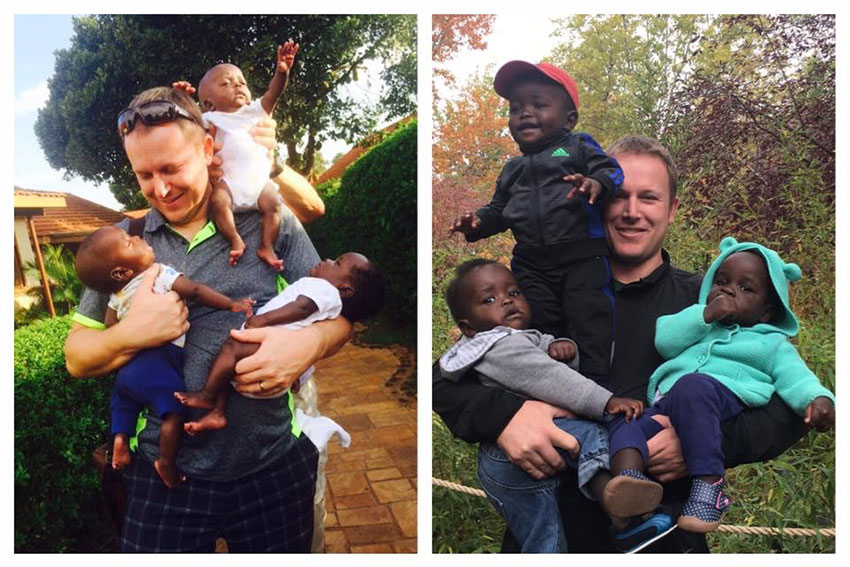
Looking back, I cannot believe how much our lives have changed, becoming more than I ever imagined. It is such a joy to watch the three of them grow and become their own beings. I am excited for what is to come!
My family has been on my mind as I have worked on this writing, because at St. Luke’s, we are also beginning to enter into the next chapter of our journey.
Central to that journey is ensuring that we are best meeting the health needs of those in the communities we serve. This means being patient-centered, so that everything that we do – the ways we provide care, interact with people and stay engaged – is focused on the patient who seeks us out for care.
Patient-centeredness is so central to our objectives for the future that we have defined our vision for 2020 around this focus:
To be the community’s trusted partner in providing exceptional, patient-centered care.
This means many different things, and so we seek to learn and understand the people we serve in as much detail as possible. It’s not unlike what I love most about being a dad – being captivated by my three and appreciating how they’re developing, changing and growing.
Patient-centered care means a focus on individuals, but also on the diverse needs of individuals in the communities we serve. At St. Luke’s, we have started by exploring the journey of Honda and Molly.
While Honda represents an example of a complex chronic patient, Molly is another important patient and participant to consider. She is a millennial, and her experience and perspectives highlight our need to continuously understand how needs evolve and change between different generations and among individuals.
The Influence of the Millennial Generation
Millennials such as Molly are now the largest living generation in the United States. Their influence is important to understand, not just because we serve them, but also because they directly and indirectly influence the behavior of other generations of patients that we serve.
Generally speaking, they are digital natives who are sensitive to cost and at the same time incredibly creative in how they go about achieving their goals.
They have experienced significant financial challenges. Their early experiences entering the labor force coincided with the Great Recession, and many carry a heavy educational debt burden.
These influences, together with their digital upbringing, have resulted in markedly different purchasing behavior.
Here are some of the ways we see that play out. Millennials generally prefer access over ownership, so, for example, they seek out alternative forms of transportation like ride-sharing or public transportation, or avoid the need altogether by living closer to where they work.
Their preferences are largely driving the “sharing economy,” in which people broker and barter services, homes, cars and virtually everything else in the digital space. And traditional companies are responding. Toyota, for example, recently announced development of a “smart key box” that will allow car owners to rent their vehicle to others when they’re not using them.
These preference and behaviors will no doubt influence how the millennial population considers and responds to their health, and will significantly factor into how we engage them and their parents as patients, how we use technology, how we share information with them and much more.
Economic Pressures
The economic challenges influencing millennials are not just theirs. We exist in a world where the affordability of care is rightly challenged and the cost of insurance is unsustainable for many.
To purchase health insurance in Idaho, a family now must spend almost 17 percent of their annual income. That’s just for the privilege of being insured. If families need to access care, they often must first pay a high deductible before their insurance will kick in. For nearly half of Idahoans, a high-deductible plan requiring an initial out-of-pocket expense of at least $5,000 is more than their total liquid assets – the amount of cash and savings that they could access if needed to pay for care.
Many Idahoans simply give up and do not even try to purchase insurance coverage. Many others avoid seeking care even when they need it, hoping that their conditions will improve on their own. And what we know is that avoiding needed care can lead to more costly, complicated treatments downstream – leading to the potential for harm and further exacerbating the cost of delivering that care.
The Need to Lead
There is a lot of turmoil on the national landscape about what to do with health care, how to pay for it and whether it is a right or not.
We of St. Luke’s believe that we are accountable for addressing the affordability issues with health care even as we deliver services, and that doing so is critical to meeting our mission of improving the health of people in the communities we serve.
We’re also taking a hard look at what it means to be patient-centered. We provide great care, and we continue to improve our quality and our outcomes, but we know that we cannot truly claim to be patient-centered unless we also directly address the affordability of health care for all of those we serve.
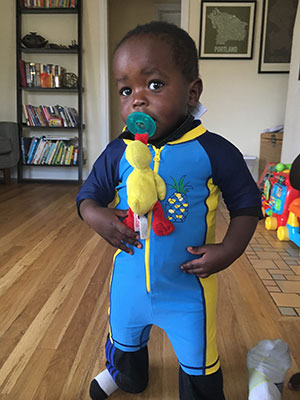
St. Luke’s Strategy
All of this is why our strategy for 2020 focuses on our goals to:
Evolve: We will deliver on population health by improving outcomes and lowering costs.
We will be thinking about how we are aligned as an organization and seeking to empower every person on the St. Luke’s team to best serve the health needs of our communities.
Earn Trust: We will become our communities’ preferred provider by delivering coordinated, affordable and accessible care.
This requires that we extend how we coordinate care beyond the walls of St. Luke’s, earning the trust of our patients and ensuring that we partner with like-minded practitioners and organizations to maximize the outcomes for each patient at the lowest possible cost of care.
Engage: We will be a trusted partner as we work with our neighbors and friends to support healthy communities.
Healthcare services are only a minor contributor to the overall health of communities. While our role as a provider of healthcare services uniquely positions us to have deep insight into the many other contributing factors impacting those we serve, engagement with community stakeholders around partnership, advocacy and other community health investment efforts are critical to addressing the many opportunities that we all have to create healthy environments for our friends and families to thrive.
We have quite a journey ahead, and it promises to be an exciting one. I’m also excited about what it will mean for my family. I’m proud to be associated with a health system that is truly focused on what health can look like for many generations to come, including the littlest Andersons!
About The Author
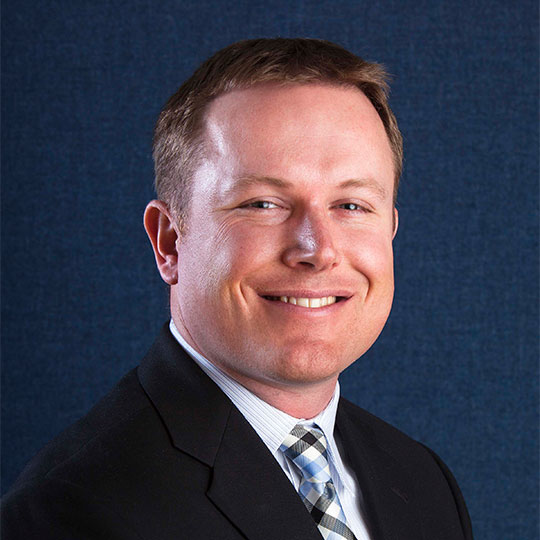
Dan Anderson is vice president of Strategy and Planning for St. Luke's Health System, based in Boise, Idaho.


